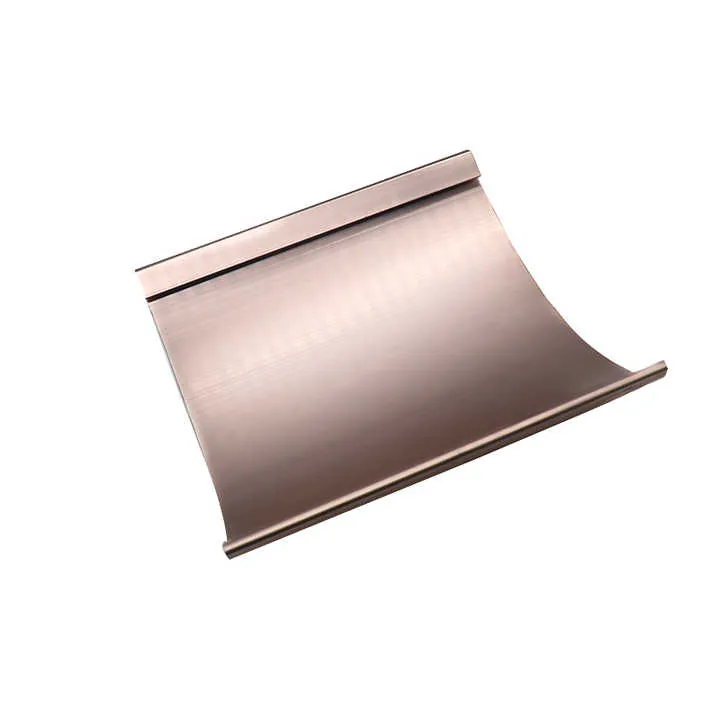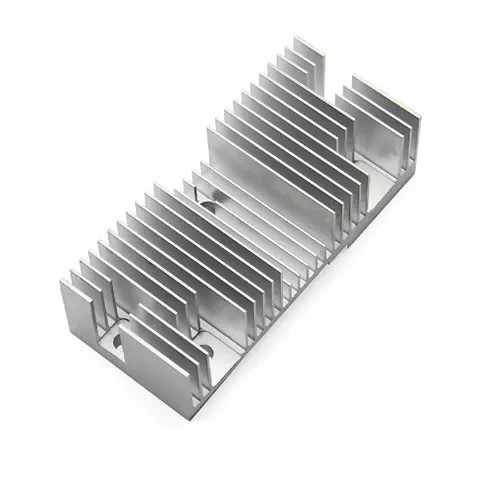Best Practices for Aluminum Extrusion Die Testing and Production
Aluminum extrusion is a precision-driven process, and proper die testing plays a crucial role in ensuring product quality. This guide covers essential tips for trialing aluminum extrusion dies, especially those with high tooth density or large tongue ratios. These practical steps are optimized for die longevity, smooth production, and consistent product results.
Why Die Testing Matters in Aluminum Extrusion
Before jumping into full-scale production, testing aluminum extrusion dies is essential. Especially for complex dies—like those with high-density teeth or large tongues—starting with the right procedures can prevent costly errors or even damage to the die.

Key Guidelines for Die Testing and Production
1. Start with a Short or Pure Aluminum Billet
When testing dies with complex structures, always use a short billet (150–200mm) or a pure aluminum billet for the first run. This minimizes risk and helps detect potential issues early.
2. Align the Extrusion Press Center Accurately
Before trial runs, make sure the extrusion press is correctly aligned. The extrusion shaft, billet container, and die holder must all be in perfect alignment along the same central axis to ensure balanced pressure and avoid uneven flow.
3. Maintain Proper Heating Temperatures
- Aluminum billets should be heated to between 480°C and 520°C.
-
Extrusion dies should be preheated to around 480°C. Hold time varies:
- For flat dies under 200mm diameter: At least 2 hours
- For porthole (multi-port) dies: 3+ hours
- For dies over 200mm: 4–6 hours, to ensure even internal and external temperatures
4. Clean the Billet Container Thoroughly
Before production begins, use a cleaning pad to remove any residue or debris inside the billet container. Also, test the extrusion press under no-load conditions to confirm everything is functioning correctly.
Controlled Start-Up Process
5. Manual Pressure Control Is Key
Disable automatic settings during initial runs. Reset all controls and slowly apply pressure starting from the minimum. It should take 3–5 minutes to start seeing extrusion. During this phase:
- Keep pressure under 100 Kg/cm²
- Monitor current at 2–3A
- Typical material flow starts at 80–120 Kg/cm²
- Full production can begin when pressure is steady below 120 Kg/cm²
Troubleshooting During Production
6. Watch for Common Issues
Stop the machine immediately if you see any of the following:
- Die blockage
- Tooth misalignment
- Uneven extrusion speed
Use a pulsing reverse motion to remove the die safely. Avoid forced removal, which could permanently damage the tooling.
7. Ensure Clear and Stable Material Flow
The outlet must stay unblocked during trial runs and production. Adjust supports or fixtures based on how the material exits the die. Monitor closely and pause operations if anomalies occur.
Finishing and Handling Tips
8. Straighten with Care
During the straightening process:
- Check profiles before and after adjustment
- Apply force evenly
- Follow standard operating procedures to maintain quality
9. Accurate Cutting Matters
Follow production plan specifications for profile lengths. When sawing:
- Don’t feed too fast to avoid damaging the ends
- Clamp ends securely
- Remove sharp edges and burrs for a clean finish
10. Proper Racking Prevents Damage
When placing aluminum profiles into racks:
- Use padding where needed
- Avoid stacking in ways that could cause scratches or deformation
Heat Treatment: Ageing Process Guidelines
To achieve desired material properties, control the ageing process precisely:
- Temperature: 190±5°C
- Hold time: 2.5 to 4 hours
- Cooling: Forced air (air quenching) after ageing
This ensures the final product meets mechanical property requirements and surface quality standards.
Final Thoughts
By following these guidelines, manufacturers can ensure smooth extrusion die testing and stable production results. Attention to detail at every stage—from alignment and temperature control to cutting and ageing—helps extend tool life and guarantees consistent product quality.



